10 Archaeological Discoveries That Completely Rewrote History | ListsLook
Introduction: When Shovels Change Stories
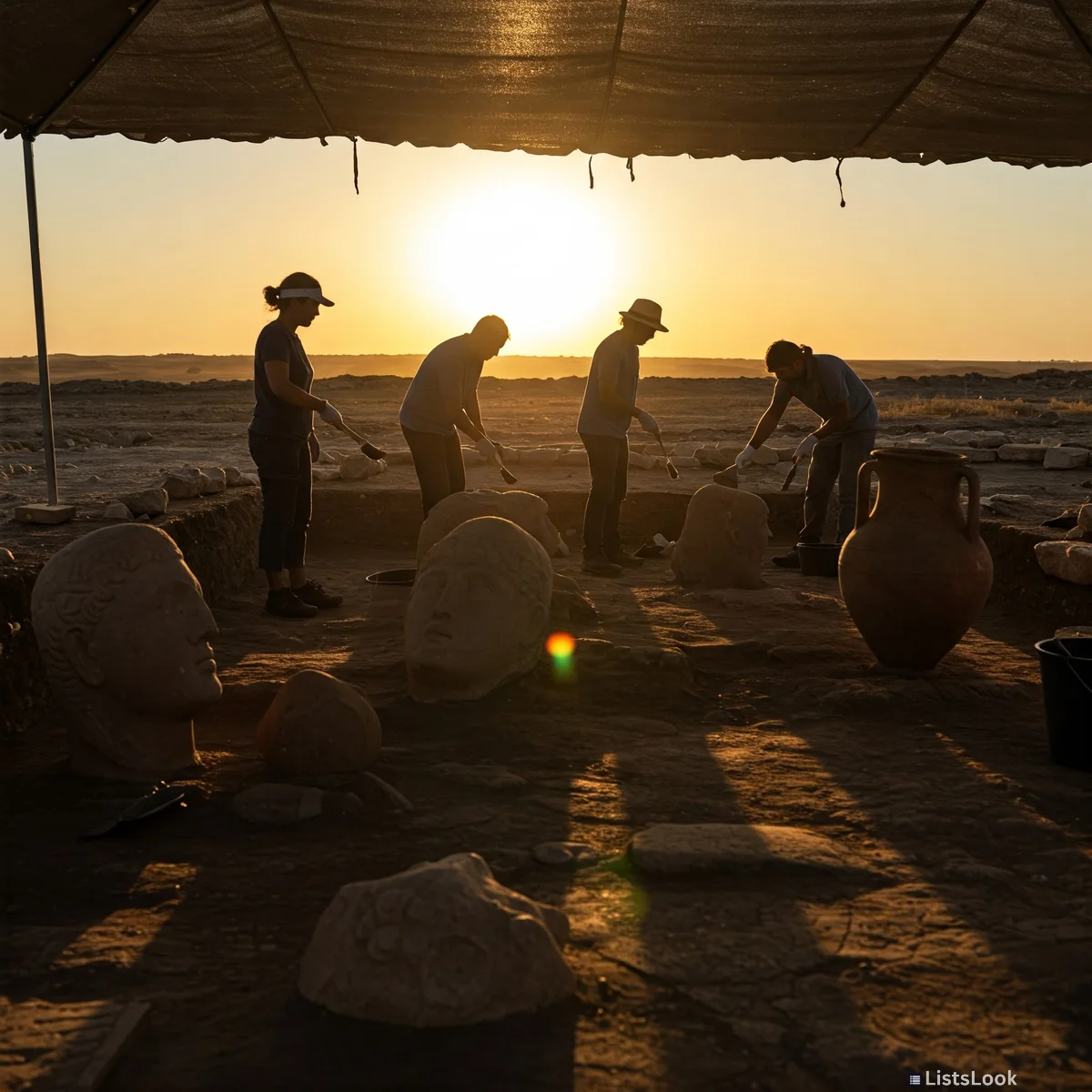
History isn't a fixed narrative; it's a constantly evolving story shaped by the evidence we uncover. For centuries, our understanding of the past was based on written records, often biased or incomplete. But archaeology changes everything. The careful excavation of artifacts, settlements, and even human remains reveals truths that written history often misses, or even contradicts. This list explores ten archaeological discoveries that didn't just *add* to history – they fundamentally *rewrote* it, challenging long-held beliefs and offering fascinating new perspectives on civilizations long gone.
Göbekli Tepe: The Dawn of Religion?
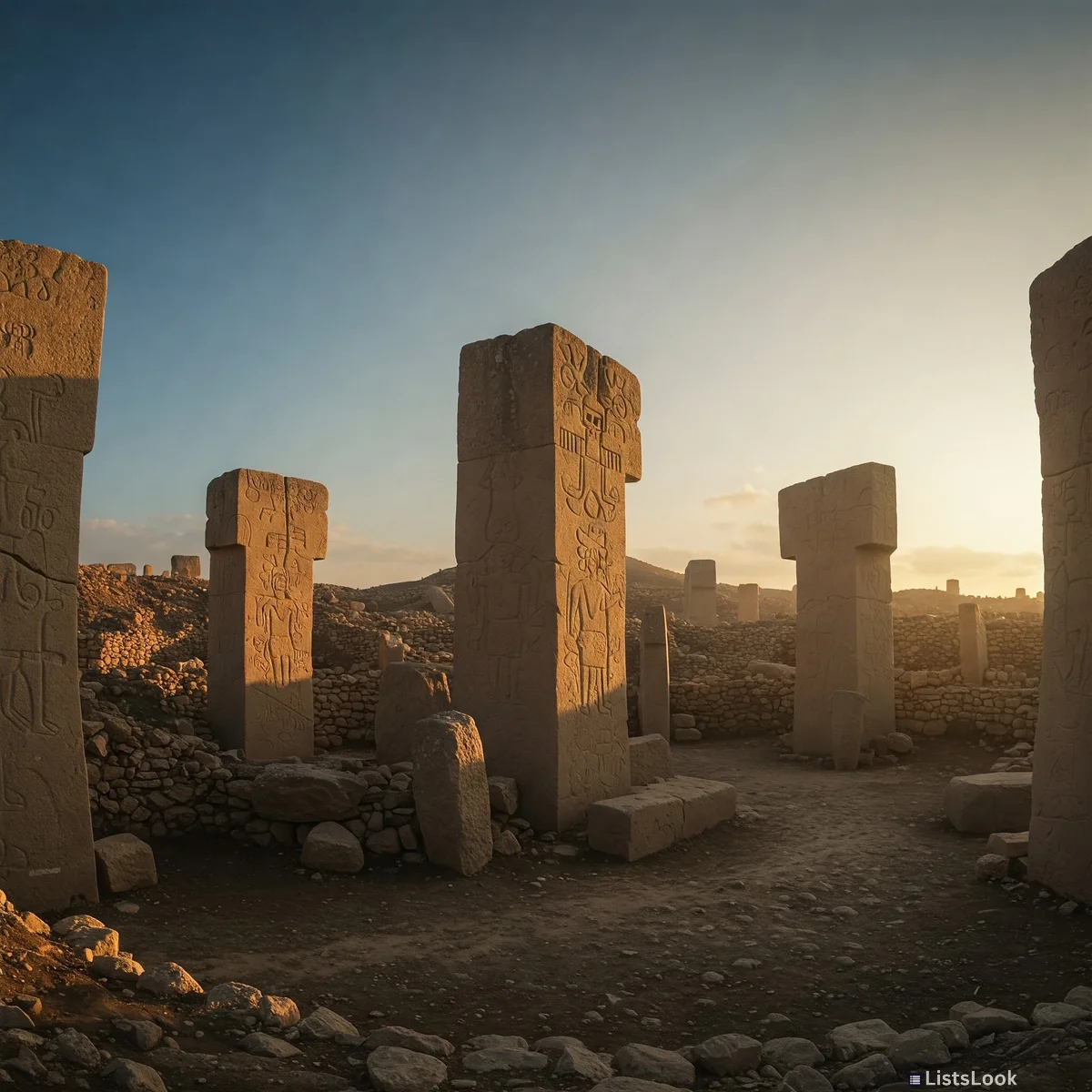
Dating back to around 9500 BCE, Göbekli Tepe in Turkey predates pottery, agriculture, and even settled life as we know it. This site features massive T-shaped pillars adorned with intricate animal carvings. Its discovery challenged the established narrative that agriculture led to religion; instead, it suggests that ritualistic practices may have *motivated* the development of agriculture and communal living. It’s a stunning example of a hunter-gatherer society capable of monumental construction, rewriting our understanding of early human social organization.
The Dead Sea Scrolls: A Biblical Revelation

Discovered in caves near the Dead Sea between 1946 and 1956, these ancient Jewish religious texts, including portions of the Hebrew Bible, date back to the 3rd century BCE to the 1st century CE. The scrolls offered the oldest known copies of biblical texts, shedding light on the development of the Hebrew Bible and the diversity of Jewish thought during the Second Temple period. This archaeological find significantly impacted biblical scholarship and sparked ongoing debate about the origins of Christianity.
Tutankhamun’s Tomb: More Than Just Gold
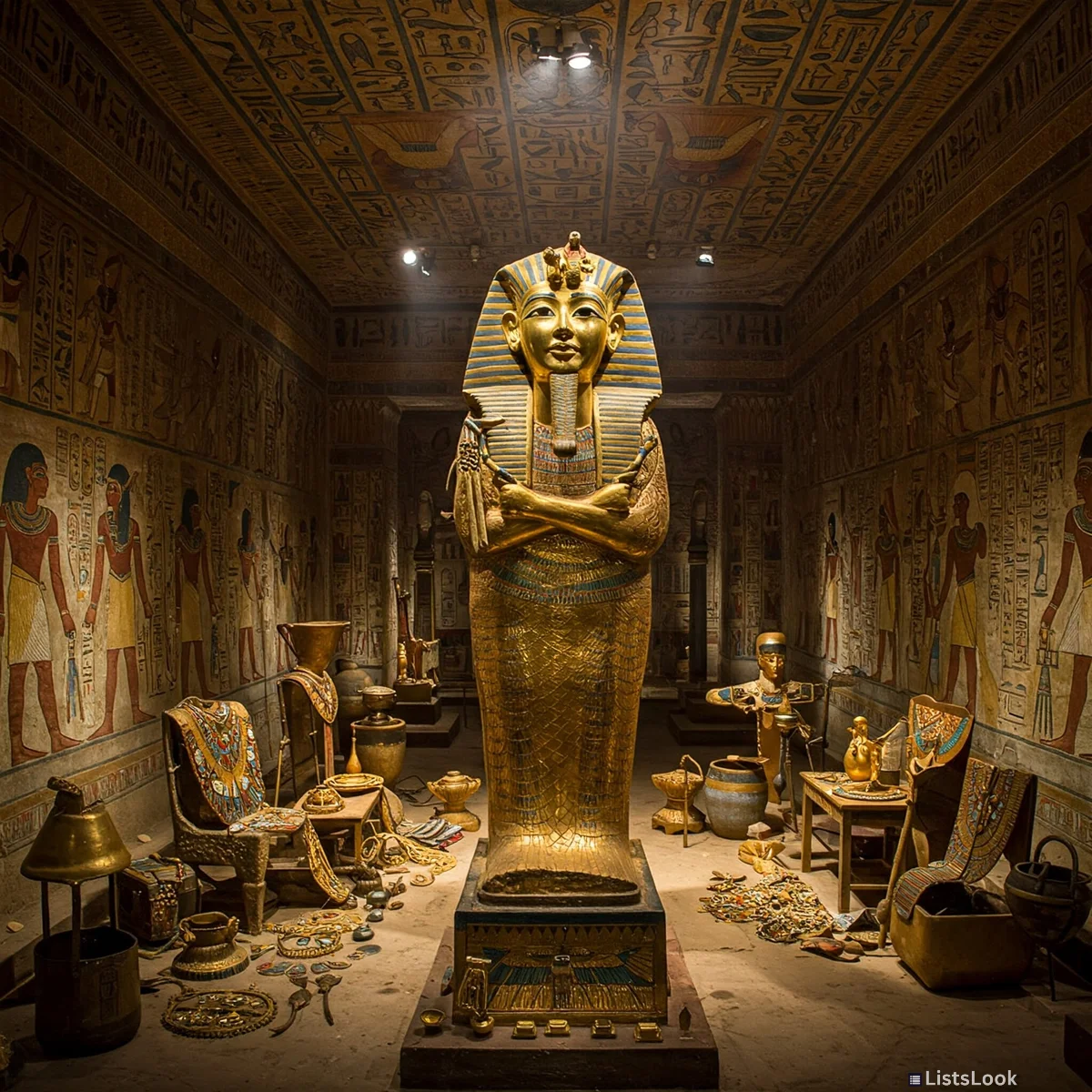
Howard Carter’s discovery of Tutankhamun’s nearly intact tomb in 1922 captivated the world. While the gold and treasures are iconic, the tomb's significance goes far beyond wealth. It provided unparalleled insight into the burial practices, religious beliefs, and material culture of ancient Egypt during the 18th Dynasty. Studying Tutankhamun’s mummy revealed details about his lineage, health, and possible cause of death, reshaping our understanding of this pivotal pharaoh and his era.
The Terracotta Army: An Emperor’s Afterlife
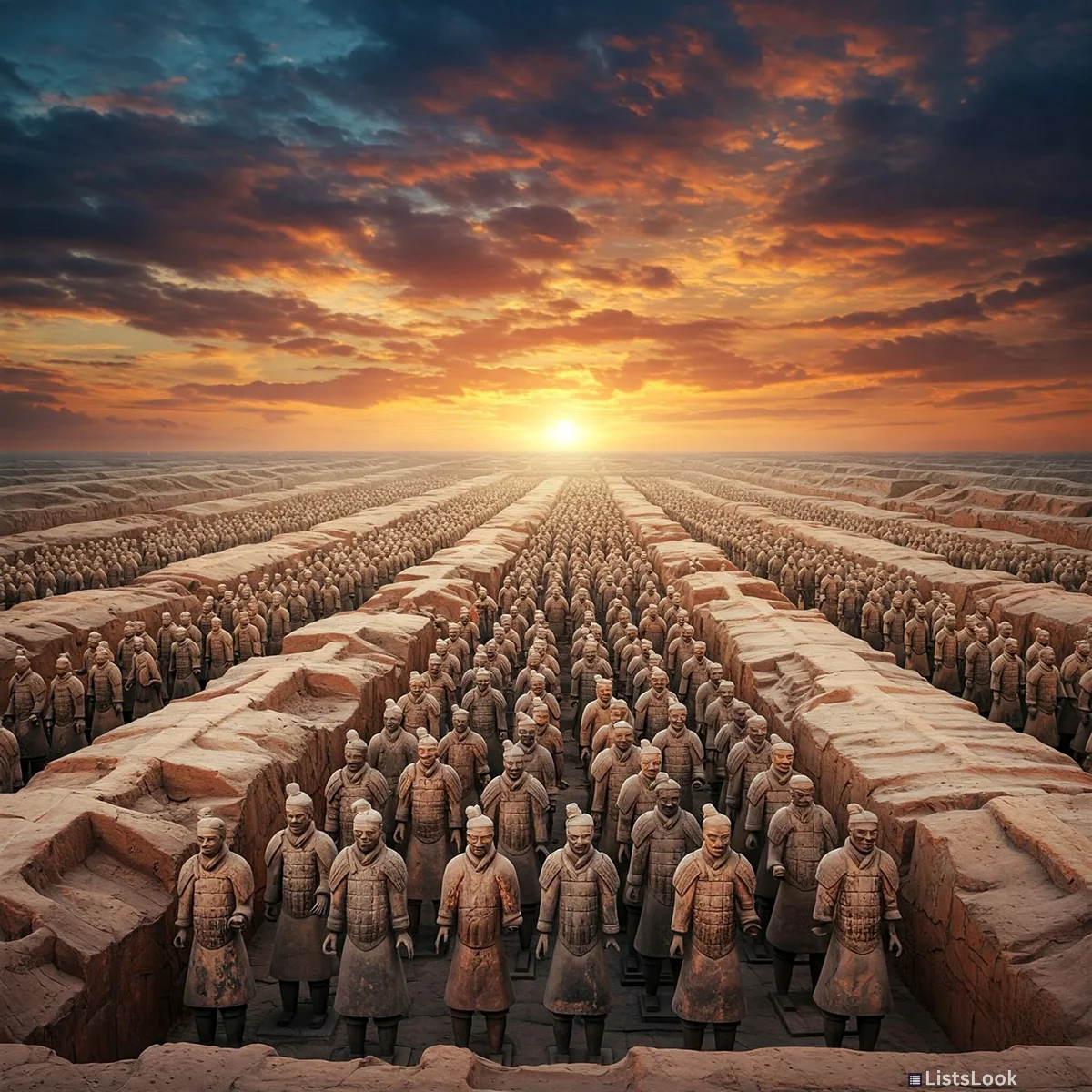
Discovered in 1974 near Xi'an, China, the Terracotta Army consists of thousands of life-sized clay soldiers, horses, and chariots buried with the first Emperor of China, Qin Shi Huang. This incredible archaeological find demonstrates the immense power and centralized organization of the Qin Dynasty. Beyond its sheer scale, the army reveals the Emperor’s obsession with immortality and his belief in an elaborate afterlife. It reshaped our view of ancient Chinese military strategy and artistry.
Pompeii & Herculaneum: A Frozen Moment in Time
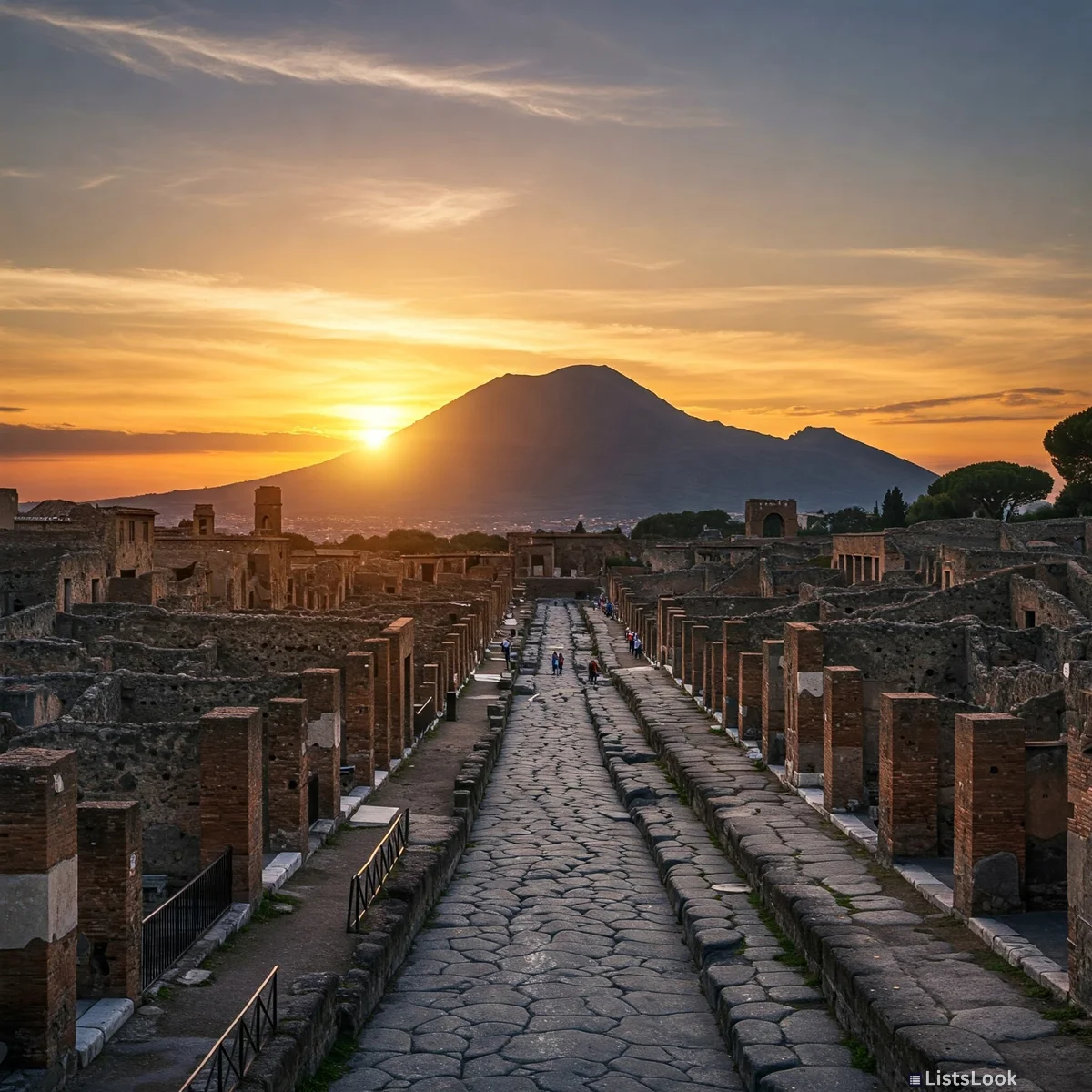
The eruption of Mount Vesuvius in 79 AD preserved the Roman cities of Pompeii and Herculaneum in astonishing detail. Excavations have revealed not just buildings, but also everyday objects, food, and even the final moments of the inhabitants, captured in volcanic ash. This provides an unprecedented snapshot of Roman life, from dining habits to social structures, political graffiti and architecture. These cities offered a window into daily Roman life rarely found elsewhere – entirely rewriting our understanding of the period.
The Rosetta Stone: Unlocking Hieroglyphs

Discovered in 1799, the Rosetta Stone contained the same text inscribed in three scripts: hieroglyphic, demotic, and Ancient Greek. This provided the key to deciphering Egyptian hieroglyphs, which had been a mystery for centuries. Suddenly, a vast wealth of ancient Egyptian texts, including religious, historical, and literary works, became accessible. The Rosetta Stone revolutionized Egyptology, allowing us to directly understand the Egyptian perspective on their own history and beliefs.
The City of Cahokia: America’s Lost Metropolis
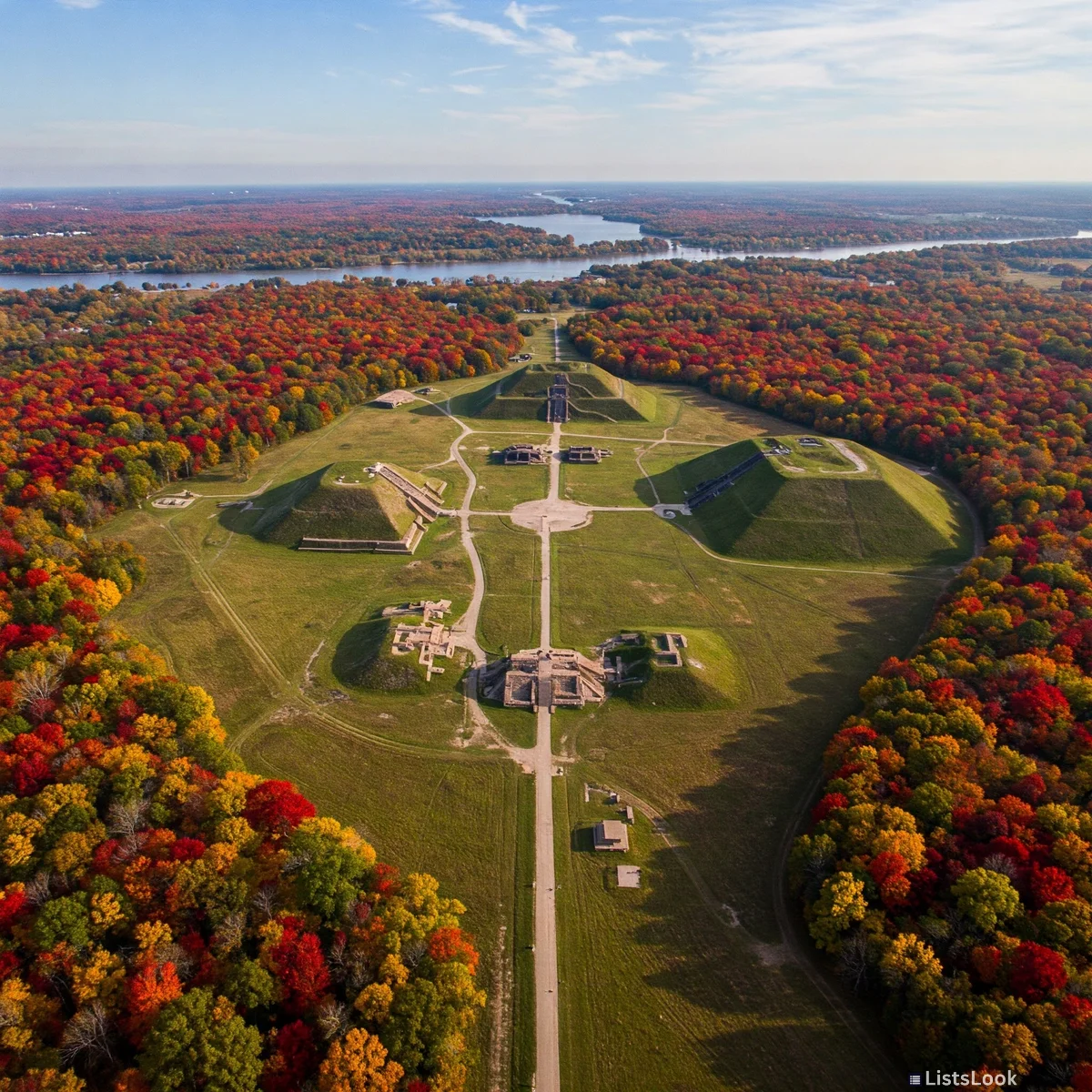
Located near present-day Collinsville, Illinois, Cahokia was a major Mississippian settlement that flourished between 1050 and 1350 CE. Its massive earthen mounds, including Monks Mound (the largest prehistoric earthwork in the Americas), revealed a sophisticated urban center with a complex social hierarchy and advanced agricultural practices. Cahokia challenges the traditional narrative of pre-Columbian North America, demonstrating that large, complex societies existed long before European contact and changing ideas about indigenous history.
Viking Settlement at L'Anse aux Meadows: A New World First
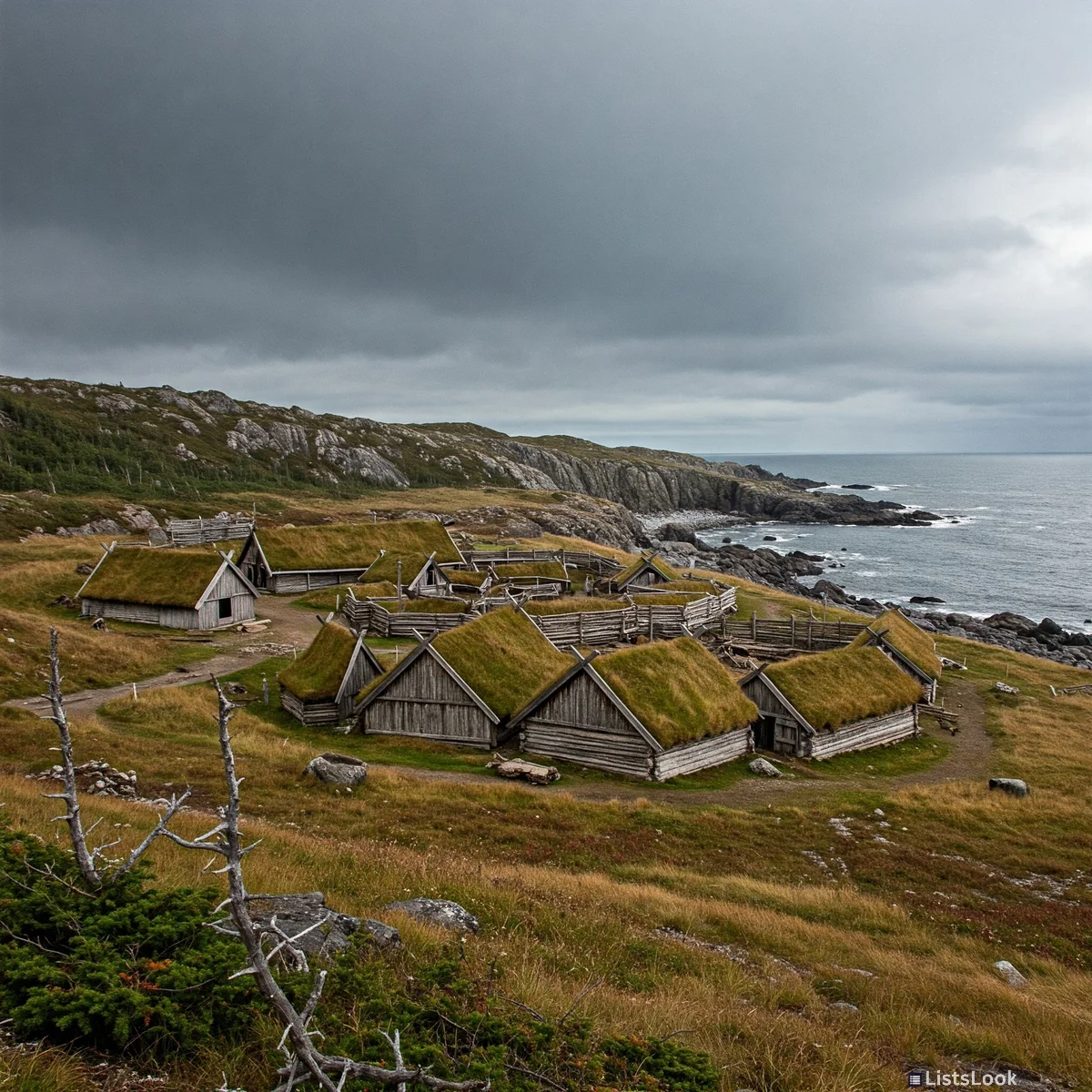
Located in Newfoundland, Canada, L’Anse aux Meadows is the only confirmed Viking site in North America. Excavations revealed the remains of Norse buildings dating back to around 1000 CE, proving that Vikings reached the New World centuries before Columbus. This discovery rewrites the timeline of transatlantic contact and demonstrates the Vikings’ remarkable seafaring capabilities – expanding our understanding of exploration and colonization.
Ötzi the Iceman: A Neolithic Time Capsule

Discovered in the Ötztal Alps in 1991, Ötzi is a remarkably well-preserved natural mummy from around 3300 BCE. He provides an incredibly detailed glimpse into the life of a Neolithic European, from his clothing and tools to his diet and medical conditions. Examination of his body revealed evidence of tattoos, weapons, and even the last meal he consumed before his death. Ötzi offers unprecedented insights into the daily routines, health, and technology of early Europeans, transforming our view of the Neolithic period.
Comments
Loading comments...